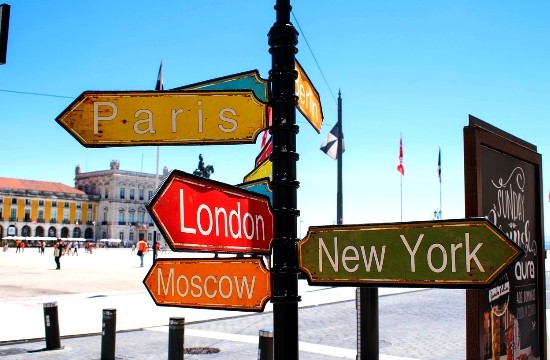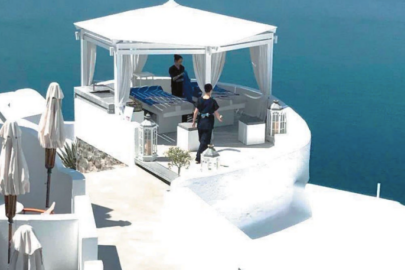For hotel owners and other business leaders operating in the travel industry, it is important to keep up with the latest digital trends, revfine.com notes in the following reports:
Failure to do so can result in rivals gaining a competitive advantage, while it can also negatively impact upon the customer experience, potentially harming the hotel’s reputation as a result.
The report presents some of the most important digital trends that those in the tourism industry need to be aware of, and adapt to, if they are going to successfully optimise business performance.
1. Recognition Technology
Recognition technology is being put to wide use in some hotels already, with retina scanning and finger print scanning being used to unlock hotel rooms. This can improve the customer experience by eliminating the need to keep hold of a key card, or use a physical key; both of which could be lost or stolen.
As the technology advances and becomes more generally accepted, we can expect facial biometrics to be utilized to automatically authorize payments, or automatically check out of the hotel. This could dramatically reduce queues, freeing up restaurant or reception staff to deal with customers who require more hands-on assistance.
Find more detailed information and examples about facial recognition use cases in the travel industry in the article “4 Ways Facial Recognition Can Be Used in the Travel Industry”.
2. Robots
Out of all the rising digital trends in the travel industry, one of the most exciting is the use of robots to carry out intelligent tasks. This opens up a huge number of potential uses, ranging from customer service, through to data processing. A particularly good example of the possibilities is the 1A-TA robot by Amadeus.
Powered by ‘deep learning’ technology, it is hoped that in the near future, travel agents and other tourism professionals will be able to use the robot as a digital assistant. The robot can find out information from customers while they sit in the waiting room, analyze preferences and intelligently recommend suitable destinations.
Read more HERE








































